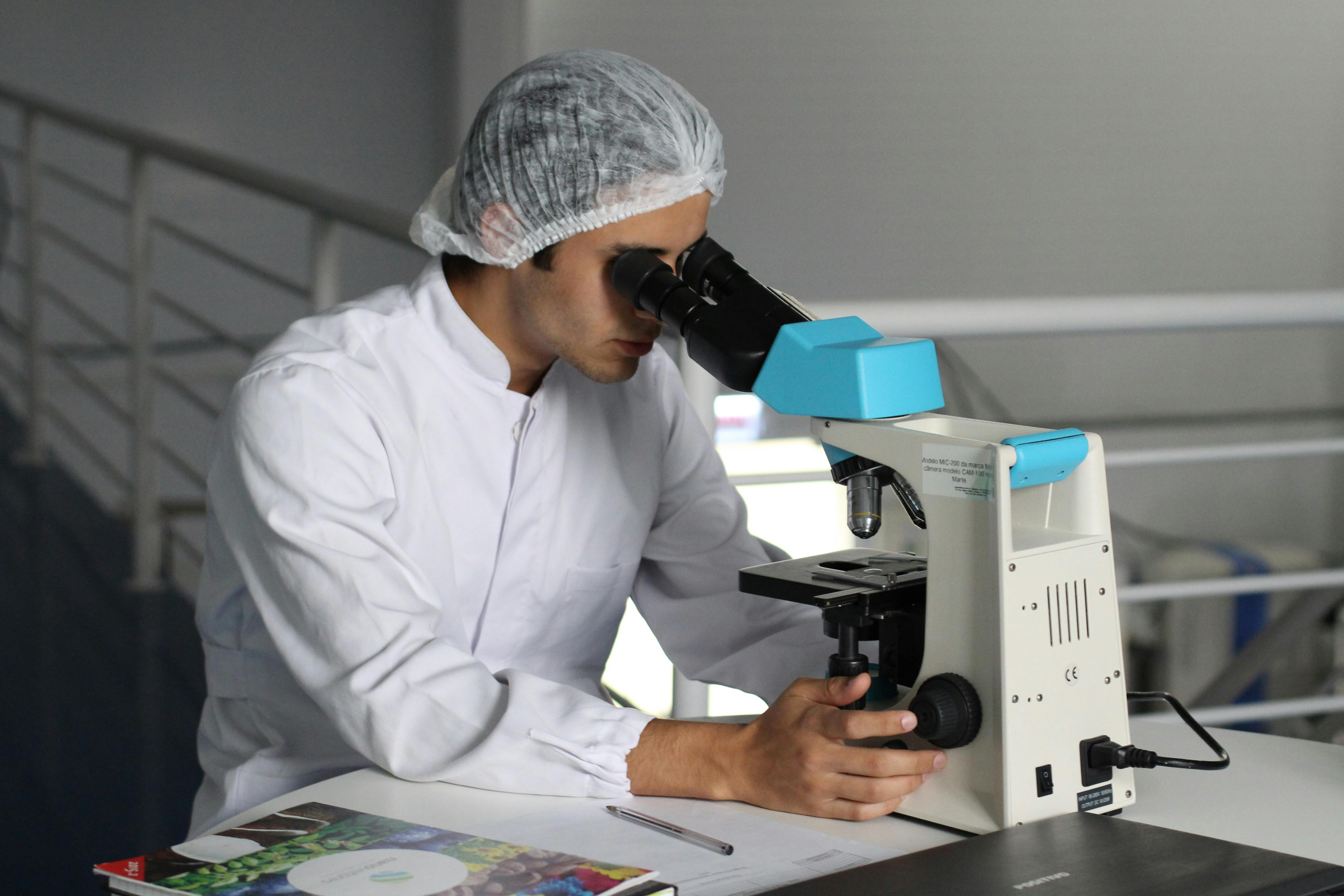The Green Alchemy
How Plants Are Revolutionizing Metal Nanoparticle Medicine
Nature's Nanofactories
In the quest for advanced medical solutions, scientists are turning to an ancient ally: plants. Imagine a world where cancer drugs hitchhike on particles 80,000 times smaller than a human hair, where antibiotic-resistant biofilms crumble under botanical siege, and polluted water is purified by flower-powered nanosponges. This is the promise of green-synthesized metal nanoparticles—a field where nature's chemistry meets cutting-edge nanotechnology 1 3 .
Unlike traditional methods that rely on toxic chemicals, green synthesis uses plant extracts to transform ordinary metals like silver, gold, and iron into therapeutic powerhouses. A 2023 review of 30+ clinical trials reveals these eco-friendly particles are already fighting infections, tumors, and environmental toxins with unprecedented precision 5 8 . Let's explore how a pinch of leaf powder and a dash of metal salt are rewriting medicine's future.

Key Advantages
- Eco-friendly synthesis
- Reduced toxicity
- Enhanced biocompatibility
- Cost-effective production
The Science Behind Green Nanofactories
How Plants Master Nanochemistry
Plants are virtuoso chemists. When their extracts mingle with metal ions (e.g., silver nitrate), phytochemicals like terpenoids, flavonoids, and alkaloids donate electrons, reducing metal ions to solid nanoparticles. Simultaneously, proteins and polysaccharides coat the particles, preventing aggregation 3 . This one-step process occurs at room temperature in minutes—a stark contrast to energy-intensive chemical methods 4 .
| Phytochemical | Role | Example Sources |
|---|---|---|
| Terpenoids | Electron donors for metal reduction | Bryophyllum pinnatum, Eucalyptus |
| Flavonoids | Stabilizing agents; prevent aggregation | Green tea, Oxalis corniculata |
| Alkaloids | Enhance antimicrobial activity | Cinnamomum, Trianthema portulacastrum |
| Proteins | Capping layers for biocompatibility | Alfalfa, Legumes |
Shapeshifting Particles: Controlling Size and Shape
A nanoparticle's behavior depends critically on its dimensions:
- Spherical gold nanoparticles (20 nm): Perfect for tumor penetration 5 .
- Triangular silver nanoplates: Maximize surface area for antibacterial action 3 .
Plant parameters control these features:
pH > 9
Yields small, uniform particles 1 .
Temperature > 80°C
Accelerates reduction, creating anisotropic shapes 1 .
Oxalis corniculata extract at 60°C produces 15-nm silver spheres, while Bryophyllum at 90°C generates 50-nm rods .
Medical Marvels: From Lab to Clinic
Infection Warriors
Green nanoparticles are dismantling drug-resistant biofilms—microbial fortresses responsible for 80% of human infections. Their mechanisms are multifaceted:
- Ion Storm: Silver nanoparticles release Ag⁺ ions that rupture bacterial membranes 3 8 .
- ROS Barrage: Iron oxide nanoparticles generate reactive oxygen species, oxidizing cellular components 1 .
- EPS Sabotage: Gold nanoparticles degrade extracellular polymeric substances (EPS), exposing hidden pathogens 8 .
| Nanoparticle | Source Plant | Target Bacteria | Inhibition Zone (mm) |
|---|---|---|---|
| AgNPs | Cinnamomum tamala | E. coli | 18.5 ± 0.5 |
| AuNPs | Trianthema portulacastrum | S. aureus | 14.2 ± 0.3 |
| ZnO NPs | Oxalis corniculata | P. aeruginosa | 22.1 ± 0.7 |
Cancer Combatants
In oncology, green nanoparticles function as "smart bombs":
- Targeted Delivery: Folic acid-coated gold nanoparticles from Cinnamomum selectively accumulate in folate receptor-rich cancer cells 4 5 .
- Photothermal Therapy: Bryophyllum-synthesized gold nanoshells convert near-infrared light to heat, ablating tumors at 42°C while sparing healthy tissue .
Beyond Medicine: Environmental and Industrial Applications
Agricultural Protectors
- Nanofertilizers from Trianthema boost crop yields by 30% while reducing pesticide use .
- Seed coatings with silver nanoparticles suppress fungal outbreaks in rice paddies 3 .

Sustainable Solutions
Green nanoparticles offer eco-friendly alternatives for multiple industries, from water treatment to agriculture, demonstrating the versatility of plant-based nanotechnology.
Spotlight Experiment: Synthesizing Cancer-Fighting Silver Nanoparticles with Bryophyllum pinnatum
The Hypothesis
Can leaf extracts from the "Miracle Leaf" plant (Bryophyllum pinnatum) create uniform silver nanoparticles (AgNPs) with enhanced antitumor activity?
Methodology: Nature's Recipe
1. Extract Preparation:
- Fresh Bryophyllum leaves washed, dried, and ground.
- 10 g powder simmered in 100 mL distilled water at 60°C for 20 min. Filtered through 0.22-μm membrane.
2. Nanoparticle Synthesis:
- 5 mL extract added to 95 mL of 1 mM silver nitrate.
- Reacted at 80°C for 1 hr under magnetic stirring.
- Color shift from pale yellow to reddish-brown indicates AgNP formation.
3. Purification:
- Centrifugation at 15,000 rpm for 20 min.
- Pellet washed 3x with ethanol/water.
The Scientist's Green Nanotoolkit
| Reagent/Material | Function | Eco-Advantage |
|---|---|---|
| Bryophyllum leaf extract | Reducing & capping agent | Non-toxic; renewable |
| Silver nitrate (AgNO₃) | Silver ion source | Low concentration (1 mM) |
| Distilled water | Solvent | Avoids organic solvents |
| Magnetic stirrer | Homogenizing reaction | Energy-efficient mixing |
Results and Analysis
Characterization: UV-Vis showed peak absorption at 435 nm (surface plasmon resonance). TEM confirmed spherical particles averaging 18 ± 3 nm. XRD revealed face-centered cubic crystal structure .
Anticancer Testing: Against MCF-7 breast cancer cells:
- Raw Bryophyllum extract: 20% cell death at 100 μg/mL.
- Bryophyllum-AgNPs: 85% cell death at 50 μg/mL—a 4x potency increase.
Mechanism: Flow cytometry detected caspase-3 activation, confirming apoptosis induction.

Experimental setup for green nanoparticle synthesis
Challenges and Horizons
Scaling the Green Wave
Despite triumphs, hurdles remain:
- Batch Variability: Phytochemical profiles fluctuate seasonally, impacting nanoparticle consistency 4 .
- Regulatory Gaps: No FDA guidelines yet exist for plant-nanoparticle conjugates.
Frontiers of Innovation
- Nano-Ayurveda: Integrating Trianthema nanoparticles with traditional formulations for diabetic wound healing .
- AI-Driven Synthesis: Machine learning models predicting optimal plant/metal combinations 6 .
Conclusion: The Botanical Nanorevolution
Green-synthesized metal nanoparticles represent more than a technical feat—they symbolize a paradigm shift toward sustainable, equitable medicine. As we harness the "nano-smarts" of plants like Bryophyllum and Cinnamomum, we unlock therapies that are potent, precise, and planetary-friendly. With clinical trials accelerating and environmental applications expanding, the age of alchemy isn't behind us. It's sprouting in labs—and gardens—worldwide.